Peterborough to Broken Hill and beyond
Peterborough is one of two places in the southern hemisphere where you can still see three railway gauges; broad, standard and narrow.
Established in 1875 on the promise of a new line between Adelaide and the ore rich town of Silverton in NSW.
While we are here we visit a habitat garden called 'Dragon's rest' an organic garden with orchard, kitchen garden, natural plants and trees of the area. This garden is a 10 acre reclaimed area where bearded dragons, other lizards and birds are at home amongst the plants and concrete and man made ornaments.. This makes me a little homesick for my garden, especially after talking to one of the owners about the plants, weeds and wildlife.
Every town seems to have a lookout of sorts, this one is set in a nature reserve on top of Tank hill.
There are model steam trains at each of the four entrances to Peterborough, all made by retired blacksmith Colin Campbell. The information centre is in a train carriage in centre of town.
The Federation Quilt hangs on display at the town hall. This took 1700 hours to complete.
Larry goes off to the 'Steam town Heritage Rail centre' for a couple of hours so I can type this ready to put on the blog.This was one of the main sites for railway maintenance and repairs and was also a major rail transport hub where the Transcontinental and Ghan trains passed through. In its heyday a 100 trains were travelling through Peterborough each day and over a 1,000 people were employed.
Broken Hill-- population a little over 22,000
We stopped 3 nights on the road to Broken hill all camps were full of rubbish and other things. This is the main road from Sydney to Adelaide and can be busy at times, lots of trucks on this road.
Broken hill is Australia's longest lived mining city. BHP Billiton is the largest mining company and it started here in 1885.
BHP stands for Broken Hill Proprietary Company. The 'syndicate of seven' men formed BHP, the first mining operation here; mining silver, zinc and lead and a few other minerals like Rhodonite.
Silverton
25km outside Broken hill is the outback town of Silverton. Its claim to fame now is it has and is used for many film shoots- like A Town Lke Alice, Priscilla Queen of the Desert, Some of the Mad Max movies. The buildings and the Mundi Mundi plains just outside town are in demand.
We also go out to the Umbecumberka Reserve which is one of broken Hills water storages.
Living Desert is our next place to visit 9 km away in the Barrier Ranges. This is a sanctuary of arid landscape and its flora and fauna and has a 2km cultural trail of Aboriginal history.
One of trips in the city is to 'Bells' milk bar and museum. This place serves old fashioned milkshakes and spiders made from their own ice-cream and flavours. It is in the style of the 1950's with memorabilia, a old juke box and things packaged as if in the 1950's for sale.
I visit the Mining and Mineral museum to see the minerals in their 'raw' state so I can try and find out if anything I have collected is any of these minerals. I look at all the displays and watch all the information movies but still can not tell what is what. Apart from maybe if I see silver I might know now, but I am still not sure I would recognise gold or anything else.
Menindee Lakes and the Kinchega National park
Water storage system that holds over 3 1/2 times the water in Sydney Harbour. Do not now how they worked that out.It has 4 main lakes and lots of smaller ones and The Darling river passes by . The township of Minindee has the 2nd oldest pub in NSW still serving beer, just as it did when Burke and Wills passed on their ill fated expeditopn to the Gulf of Carpentaria.
Kinchega woolshed at its peak in 1880's had stands for 62 shearers and over 6 million sheep were shorn during its 100 years of operation.
The national park was once Kinchega station which covered 404,600 hectares and ran more than 140,000 sheep, these were shepherded mostly by Aboriginal people from the area. The paddocks were irrigated by steam engines from as early as 1875.
We camped beside Lake Pamamaroo not far from the main weir into the Darling river.
The Lake is only about 1/3 full and some of the smaller lakes are dry. The Lake gets waves at its shore line because its so big and deep in the middle. It can be very cold water but because of the hot weather the top 500cm can be quite hot with this cold layer underneath its strange.
In the afternoon the hot layer can be deeper and on our first day it was that hot here thet a small pond at the side got so hot it depleted all the oxygen and killed the fish in it. Its link to the river had already dried up.
We walk or drive to see the area, come back and spend the afternoon in and out the water.
We have had a few visitors to our camp, the first was a Gould's Goanna , then a echidna, then a small moth on our wheels and of course always kangaroos and birds.
On our walk / drive to the other side of the weir we found another Gould's goanna with different markings, he has all the requirements to be this just different bands.
This is a good life walk , take photos, swim eat sleep. I think after awhile it would get boring, sometimes when Larry walks I crochet or do macrame. I used to do both a long time ago so have decided to try and make things for sale after I make the grandkid things. It is good exercise for my getting deformed hands, I just have to learn to only do so much not hours of it at a time.. So when I can not print cards of all the landscapes, birds etc I have something else to do.
SA to NSW
Monday, December 23, 2013
 Broken Hill, New South Wales, Australia
Broken Hill, New South Wales, Australia
Other Entries
-
12Qantas and cowboys
Aug 17128 days prior Longreach, Australiaphoto_camera12videocam 0comment 0
Longreach, Australiaphoto_camera12videocam 0comment 0 -
13Land of Dinosaurs
Aug 17128 days prior Winton, Australiaphoto_camera7videocam 0comment 0
Winton, Australiaphoto_camera7videocam 0comment 0 -
14Finally the ocean but no swimming
Aug 22123 days prior Winton to Gulf Carpentaria, Australiaphoto_camera8videocam 0comment 0
Winton to Gulf Carpentaria, Australiaphoto_camera8videocam 0comment 0 -
15Mad dash to coast
Aug 30115 days prior Atherton Tablelands, Australiaphoto_camera17videocam 0comment 0
Atherton Tablelands, Australiaphoto_camera17videocam 0comment 0 -
16Not to be
Sep 14100 days prior Mossman, Australiaphoto_camera14videocam 0comment 0
Mossman, Australiaphoto_camera14videocam 0comment 0 -
17Our adventure camping
Sep 1599 days prior Cape York, Australiaphoto_camera9videocam 0comment 0
Cape York, Australiaphoto_camera9videocam 0comment 0 -
18Cape York to Cooktown & back to caravan
Oct 0480 days prior Cape York to Cooktown, Australiaphoto_camera16videocam 0comment 0
Cape York to Cooktown, Australiaphoto_camera16videocam 0comment 0 -
19At long last Dive Reef
Oct 1569 days prior Cairns, Australiaphoto_camera11videocam 0comment 0
Cairns, Australiaphoto_camera11videocam 0comment 0 -
20The Cassowary Coast
Oct 2361 days prior Tully, Australiaphoto_camera11videocam 0comment 0
Tully, Australiaphoto_camera11videocam 0comment 0 -
21More waterfalls and creeks
Oct 2856 days prior Ingham, Australiaphoto_camera20videocam 0comment 2
Ingham, Australiaphoto_camera20videocam 0comment 2 -
22Time in Townsville
Nov 0449 days prior Townsville, Australiaphoto_camera15videocam 0comment 0
Townsville, Australiaphoto_camera15videocam 0comment 0 -
23Heading across Queensland again
Nov 1043 days prior Ravenswood and Charters Towers, Australiaphoto_camera12videocam 0comment 2
Ravenswood and Charters Towers, Australiaphoto_camera12videocam 0comment 2 -
24Hot ,dry ,country
Nov 1142 days prior Hughenden, Australiaphoto_camera10videocam 0comment 1
Hughenden, Australiaphoto_camera10videocam 0comment 1 -
25Mining Town
Nov 1934 days prior Mount Isa, Australiaphoto_camera11videocam 0comment 1
Mount Isa, Australiaphoto_camera11videocam 0comment 1 -
26Mount Isa to Birdsville
Nov 2528 days prior Birdsville, Australiaphoto_camera18videocam 0comment 0
Birdsville, Australiaphoto_camera18videocam 0comment 0 -
27Hot Dry Track
Dec 0320 days prior Birdsville Track, Australiaphoto_camera17videocam 0comment 0
Birdsville Track, Australiaphoto_camera17videocam 0comment 0 -
28Flinders ranges
Dec 0914 days prior Arkaroola, Australiaphoto_camera18videocam 0comment 1
Arkaroola, Australiaphoto_camera18videocam 0comment 1 -
29SA to NSW
Dec 23 Broken Hill, Australiaphoto_camera16videocam 0comment 1
Broken Hill, Australiaphoto_camera16videocam 0comment 1 -
30Riverina area
Jan 0917 days later Wentworth, Australiaphoto_camera8videocam 0comment 1
Wentworth, Australiaphoto_camera8videocam 0comment 1 -
31Narrandera to Benalla
Jan 2533 days later Narrandera, Australiaphoto_camera12videocam 0comment 2
Narrandera, Australiaphoto_camera12videocam 0comment 2 -
32North West Tasmania
Feb 2059 days later Devonport Tasmania, Australiaphoto_camera18videocam 0comment 1
Devonport Tasmania, Australiaphoto_camera18videocam 0comment 1 -
33Heading to south Tasmania
Feb 2867 days later Cradle mountain Tasmania, Australiaphoto_camera14videocam 0comment 1
Cradle mountain Tasmania, Australiaphoto_camera14videocam 0comment 1 -
34East Coast Tasmania
Mar 1481 days later St Helens, Australiaphoto_camera21videocam 0comment 1
St Helens, Australiaphoto_camera21videocam 0comment 1 -
35Last ten Days Tasmania
Mar 2491 days later Devonport, Australiaphoto_camera17videocam 0comment 0
Devonport, Australiaphoto_camera17videocam 0comment 0 -
36On the move again -at last
May 28156 days later Warrnambool, Australiaphoto_camera15videocam 0comment 0
Warrnambool, Australiaphoto_camera15videocam 0comment 0 -
37Just waiting around
Jun 02161 days later Mount Gambier, Australiaphoto_camera11videocam 0comment 0
Mount Gambier, Australiaphoto_camera11videocam 0comment 0 -
38Coastal National Parks and quite
Jun 11170 days later Beachport Limestone coast, Australiaphoto_camera11videocam 0comment 0
Beachport Limestone coast, Australiaphoto_camera11videocam 0comment 0 -
39Murray Bridge to Whyalla
Jun 20179 days later Whyalla, Australiaphoto_camera15videocam 0comment 2
Whyalla, Australiaphoto_camera15videocam 0comment 2 -
40Eyre peninsular
Jun 30189 days later Port Lincoln To Ceduna, Australiaphoto_camera16videocam 0comment 1
Port Lincoln To Ceduna, Australiaphoto_camera16videocam 0comment 1 -
41Across the Nullarbor to WA
Jul 07196 days later Eucla WA, Australiaphoto_camera20videocam 0comment 1
Eucla WA, Australiaphoto_camera20videocam 0comment 1 -
42The WA side of Nullarbor
Jul 14203 days later Hyden WA, Australiaphoto_camera20videocam 0comment 1
Hyden WA, Australiaphoto_camera20videocam 0comment 1 -
434 months of surprises
Feb 07411 days later Benalla, Australiaphoto_camera11videocam 0comment 0
Benalla, Australiaphoto_camera11videocam 0comment 0 -
44Are we on the move again
Feb 07411 days later Benalla, Australiaphoto_camera5videocam 0comment 0
Benalla, Australiaphoto_camera5videocam 0comment 0 -
4510 days on Kangaroo island in Rooftop tent
Feb 07411 days later Kangaroo Island, Australiaphoto_camera12videocam 0comment 0
Kangaroo Island, Australiaphoto_camera12videocam 0comment 0 -
46Jervis Bay to Ceduna
Feb 14418 days later Rapid Bay to Ceduna, Australiaphoto_camera13videocam 0comment 1
Rapid Bay to Ceduna, Australiaphoto_camera13videocam 0comment 1 -
47Ceduna and on west to Albany WA
Mar 07439 days later Albany, Australiaphoto_camera28videocam 0comment 0
Albany, Australiaphoto_camera28videocam 0comment 0

 Broken Hill, New South Wales, Australia
Broken Hill, New South Wales, Australia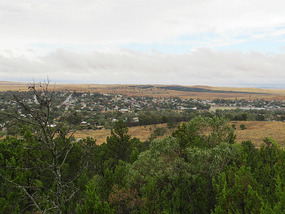
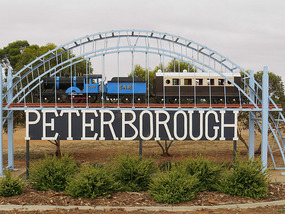
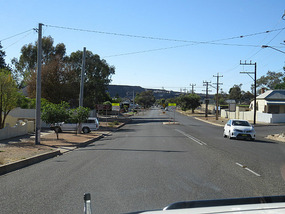
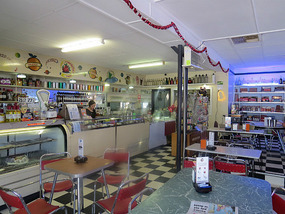
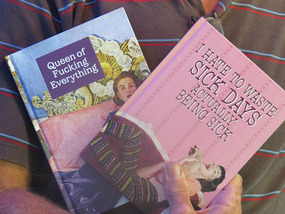
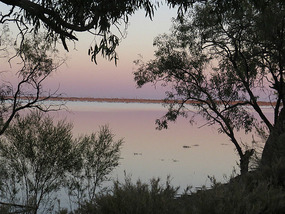
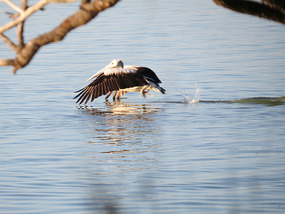
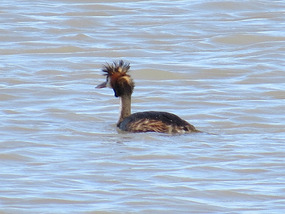
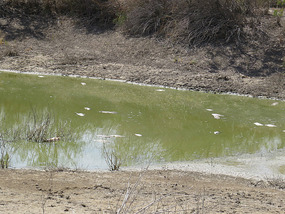
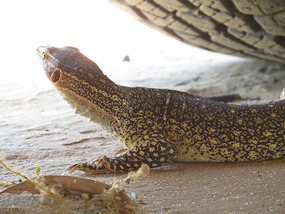
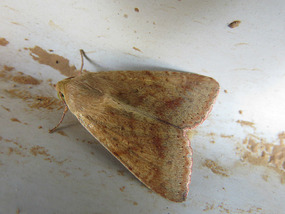
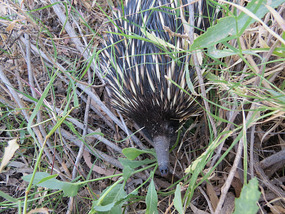
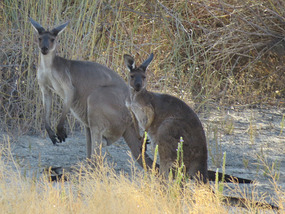
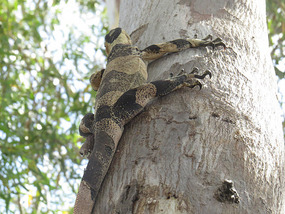

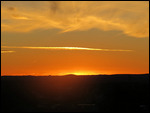
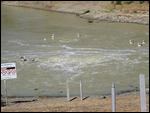
2025-05-22